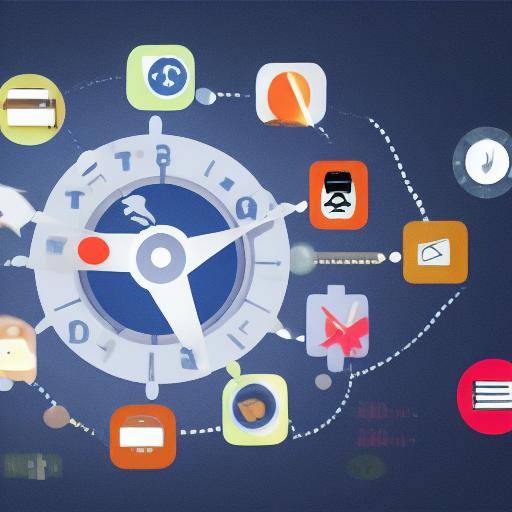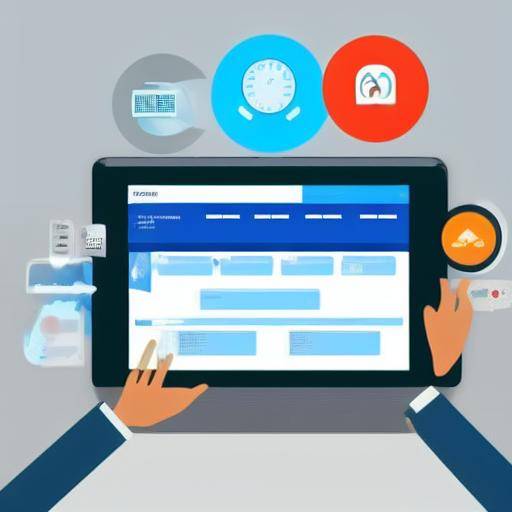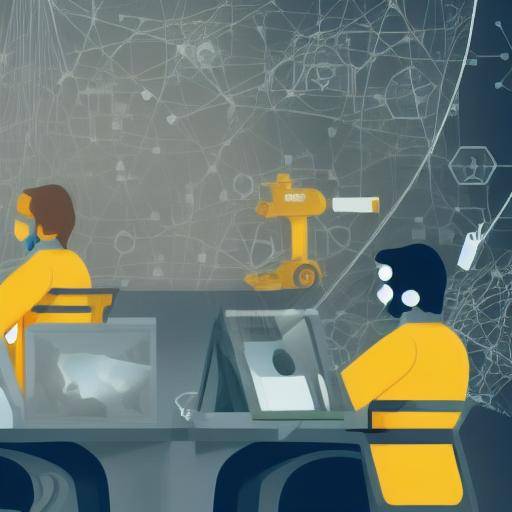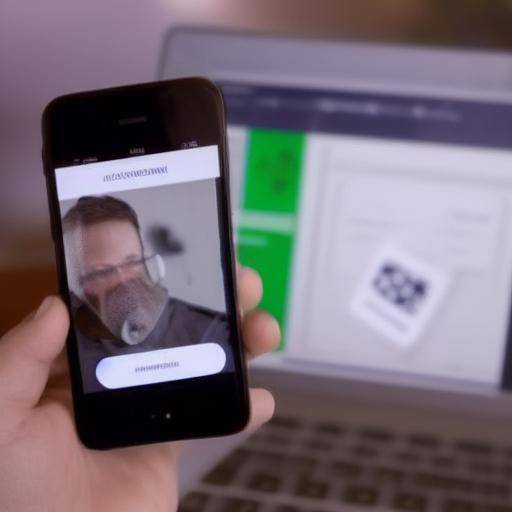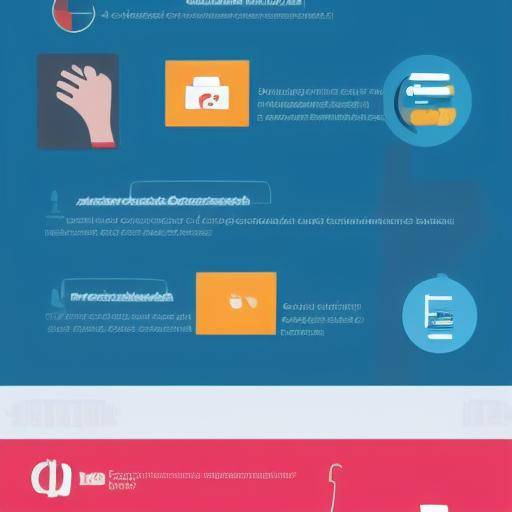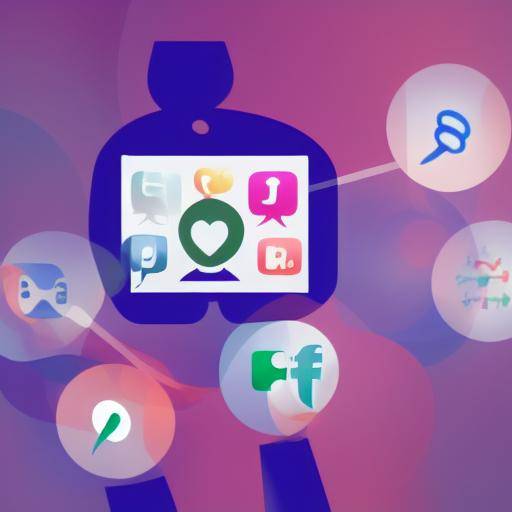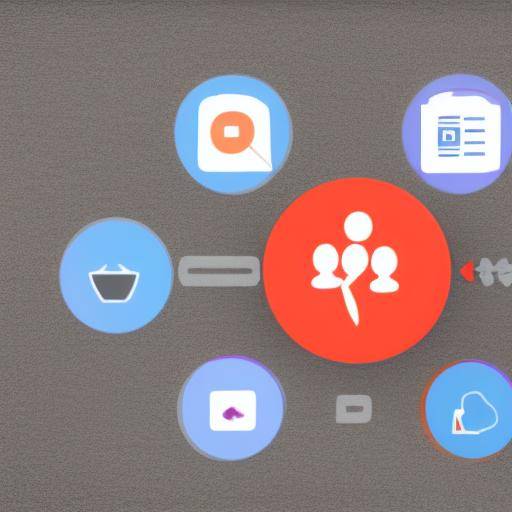
In the digital era, communication has become a vital part of our lives both on a personal and professional level. The ability to listen actively is a fundamental element in effective communication, and its importance is magnified in the digital environment. In this article, we will explore in detail what active listening is, how it is applied in digital communication, and how technology impacts this skill. In addition, we will provide practical advice, case studies and predictions on the future of active listening in the digital age.
Introduction
With the omnipresence of technology and social networks, digital communication has become the central hub of human interactions. However, in this hyperconnected world, full attention and active listening are often displaced by digital distractions. The art of listening carefully is essential to understand, connect and communicate effectively in the digital environment. In this era marked by the constant flow of information, dominating active listening is more crucial than ever.
History and Background of Active Listening in Communication
To understand the importance of active listening in digital communication, it is essential to examine its origins and evolution over time. Active listening is not a new concept, its practice goes back to old traditions of dialogue and debate. From Eastern philosophies to discussions in ancient civilizations, the art of listening has been valued for centuries.
In the modern sphere, psychology and sociology began to investigate and promote active listening as a crucial skill in interpersonal communication. Today, digitalization has revolutionized the way we communicate, raising unique challenges and opportunities for the application of active listening.
The emergence of social networks, podcasts, videoconferencing and other digital tools has redefined communication, providing an expanded platform for active listening practice. However, it has also introduced challenges in terms of distractions and overloading, which requires adaptations in active listening skills.
Detailed Analysis of Listening Activates in Digital Communication
Active listening in digital communication offers many benefits, such as building strong relationships, effective conflict resolution and deep understanding of the needs of the interlocutor. However, it also presents challenges such as managing overabundance of information, misunderstandings due to non-verbal language and loss of attention due to digital distractions.
At present, statistics show that the average human attention has been significantly reduced in the digital age. The ability to keep the attention and listen actively has become more complicated, but at the same time more valuable. Therefore, the domain of active listening in digital communication is a key differentiator for individuals and organizations seeking to stand out in a sea of digital interactions.
Comprehensive Review of the Active Listening Application in Digital Communication
The effective application of active listening in digital communication is a wide-ranging theme that covers social networking interactions to virtual equipment management. Various technological strategies and tools have been developed to encourage active listening in digital environments, from data analysis to understand the needs of users, to the implementation of interactive platforms that foster bidirectional communication.
It is imperative that organizations incorporate active listening into their digital communication strategies to achieve a deep understanding of the needs and views of their audience. In addition, individuals who dominate active listening have the ability to establish more authentic connections in digital environments, enabling them to positively influence their interactions and build strong relationships through digital channels.
Comparative Analysis of Active Listening, Digital Communication and Technology
In examining the intersection between active listening, digital communication and technology, it is essential to understand their interrelations and differences. While active listening focuses on the ability to give full attention and understand, digital communication encompasses the different platforms and tools that facilitate interaction through electronic media.
Technology acts as a facilitator and challenge for active listening in digital communication. While technological innovations have expanded the possibilities of connecting with global audiences, they have also introduced barriers in the form of digital distractions and overloading of information. Browse through this environment requires active listening skills adapted to the peculiarities of digital communication.
Practical Tips and Accessible Recommendations
To develop active listening skills in digital communication, it is essential to adopt specific and practical approaches. Some relevant tips include:
- Establishing Digital Disconnecting Times: Designate specific moments to disconnect from technology and practice active listening with those around us.
- Limiting digital distractions: Use tools that limit notifications and continuous access to electronic devices during major conversations.
- Practice online empathy: Consider the perspectives and experiences of others by participating in digital interactions, keeping an open attitude to understanding different points of view.
- Use listening tools on social media: Use social listening tools to monitor relevant conversations and understand the needs and opinions of the audience.
Perceptions of Industry and Expert Reviews
The views and perceptions of experts in digital communication and technology play a key role in understanding and evolving active listening in digital environments. Industry leaders and academics highlight the importance of active listening as a fundamental pillar in effective digital communication. They predict that successful organizations will be those that integrate strategies focused on active listening within their digital communication approach.
Case Studies and Practical Applications in Real Life
The detailed analysis of real cases shows how companies and individuals have successfully applied active listening in digital communication. From marketing campaigns that encourage meaningful interaction on social networks to customer service platforms that prioritize deep understanding of customer needs, the positive impact of active listening on digital communication is evident in many contexts.
Future Trends and Predictions
As technology continues to evolve, future trends in active listening and digital communication will continue to be transformed. Artificial intelligence is expected to play a crucial role in providing tools that analyze large volumes of data to understand user preferences and needs. It also anticipates a more focused approach to personalization and authenticity in digital communication, which will raise the importance of active listening as a differential skill.
Conclusion
In short, active listening plays an indispensable role in digital communication, enabling authentic connections and deep understanding in an environment marked by technology. Giving active listening in digital communication requires adaptability, empathy and full attention. By prioritizing this skill, both individually and organizationally, the effectiveness and authenticity of digital interactions can be enhanced.
FAQs
1. How does technology influence our ability to practice active listening in digital communication?
Technology can act as a facilitator as an obstacle to active listening in digital communication. While providing tools to connect, it also introduces distractions and overloading of information that can hinder active listening practice.
2. What strategies can be used to encourage active listening in digital communication environments?
Using social listening tools, establishing moments of digital disconnection, limiting electronic distractions and practicing online empathy are effective strategies to encourage active listening in digital communication environments.
3. What is the impact of active listening on digital communication in the business environment?
In the business sphere, active listening in digital communication can influence the construction of authentic relationships with customers, a deeper understanding of their needs and a greater effectiveness in conflict resolution.
4. How can active listening in digital communication improve customer experience?
Active listening in digital communication can improve customer experience by allowing a deeper understanding of their needs and opinions, which facilitates the personalization of services and the creation of stronger relationships.
5. What role does active listening play in managing virtual teams in the current working environment?
Active listening is critical in managing virtual teams, as it facilitates understanding of the needs and challenges of team members, promotes effective collaboration and contributes to building a more cohesive working environment.
6. What are future trends in the application of active listening in digital communication?
It is anticipated that artificial intelligence will play a crucial role in the application of active listening in digital communication, by offering tools that analyze large volumes of data to understand the preferences and needs of the user, which will lead to more personalized and authentic communication.
With this, we concluded our exploration of active listening in digital communication and its interaction with technology. We hope that this information has been enlightening and useful in understanding the importance of active listening in the evolving digital world.

